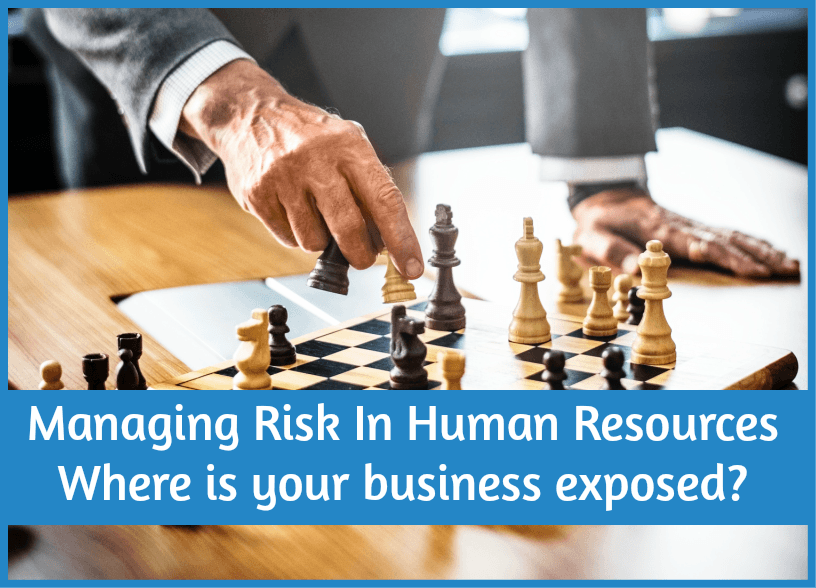
Managing Risk In Human Resources
– Where Is Your Business Exposed?
The key to the success of any company is its ability to manage its most valuable resource: its human capital. That’s especially true in today’s digital world, where a company’s greatest competitive advantage includes all the intangibles of its workforce – creativity, innovation and accumulated knowledge of business processes.
Unfortunately, too many companies fail to consider where their business may be exposed.
 Risk #1: Inability to hire and retain the best talent
Risk #1: Inability to hire and retain the best talent
The first area where businesses may be exposed involves the ability to hire and retain the very best talent.
The so-called “talent gap” is very much real, with many organizations struggling to find high-potential employees with the skills and competencies in demand. It’s no longer that organizations can compete solely on the basis of compensation, especially for today’s millennial worker. Instead, these workers often emphasize other traits – such as working for socially-responsible organizations – and a better work-life balance.
And it’s not only that enterprises must attract and hire the best employees, they must also retain them. That has upped the ante in many cases, forcing organizations to turn to a large variety of non-financial compensation perks to attract employees, ranging from improved benefits packages to new types of flexible work agreements. In many ways, Silicon Valley has been a leader in these new types of non-financial compensation perks, with everything from childcare benefits to free meals.
Risk #2: Not hiring for the right skills
The second risk involves not hiring for the right skills.
This results from a failure by many companies to integrate their HR departments within the broader strategy of the business. This results in an HR department being out of the proverbial loop, unable to hire for the key strategic needs of an organization. To mitigate this risk, it’s important to have the HR department tightly integrated into the corporate culture of the organization, to be able to hire candidates with the right skills, traits and experiences.
This lack of focus between HR and the functioning business units of an enterprise is more common than you might think. That’s especially the case in fast-moving markets where innovation cycles are much tighter, or in cases where companies are merging and/or acquiring other companies. Rapid increases in size or radical changes in business focus can lead to communications breakdowns between HR and the executive suite.
Risk #3: Not enough focus on skills needed for tomorrow
The third risk is placing too much emphasis on the skills and talents needed in today’s modern workforce, rather than in several years’ time.
It’s especially important for organizations to keep a running inventory of the skills and experience currently in the workforce, and then hold regular outreach to the business units of an organization to see what’s needed in the future.
In some cases, this might be skills and competencies that are purely technological. For example, several huge technological shifts of the past few years – mobile, the cloud, and big data – left many organizations unprepared for changes that have fundamentally changed the way organizations function. In other cases, it may involve “soft skills” – such as the ability to communicate across multi-functional teams.
The good news is that there are solutions for organizations that are attempting to manage the risk in human resources, ranging from software solutions to consulting frameworks.
It is possible to mitigate the risk, alleviating the burden on enterprises attempting to stay up-to-date with the very latest trends in an industry while remaining a market leader with the best human capital.
© New To HR

 Risk #1: Inability to hire and retain the best talent
Risk #1: Inability to hire and retain the best talent
